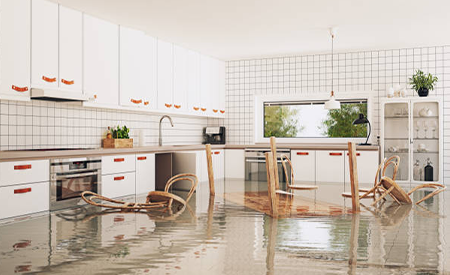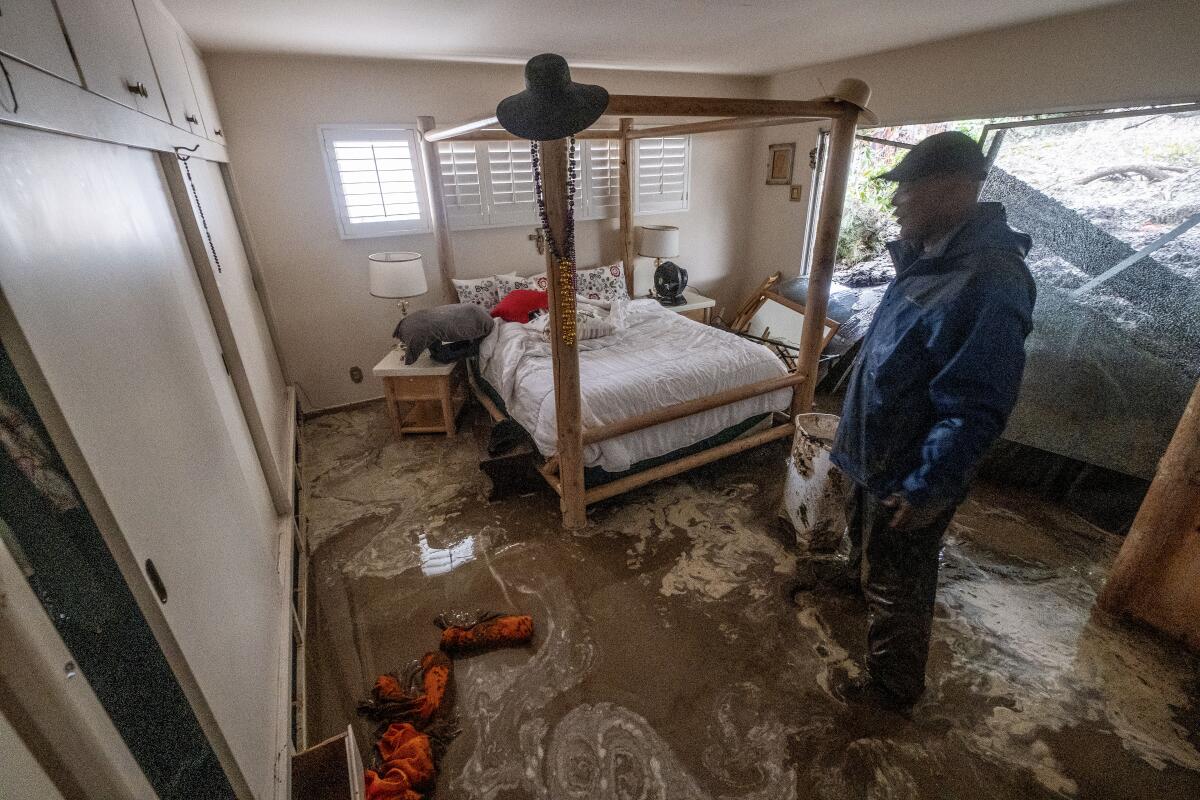The Refine of Water Damages Clean-up: Guaranteeing Your Home Is Brought Back Efficiently
Water damage can be a complicated challenge for home owners, requiring a structured and meticulous clean-up procedure to recover security and performance. A comprehensive evaluation is critical to recognize the extent of the damages and identify the appropriate remediation measures. Following this, reliable water extraction strategies play a pivotal role in reducing additional harm. Nevertheless, the nuances of drying, sanitizing, and ultimate reconstruction are equally vital and typically ignored. Comprehending these stages can make a significant distinction in the end result of your home's repair, triggering a closer check out what each action entails.
Analyzing the Damages
Upon uncovering water damages, the first action is to extensively examine the extent of the effect. This preliminary evaluation is essential, as it aids establish the necessary steps for efficient cleaning and repair. Begin by examining the affected areas, consisting of walls, ceilings, floors, and personal belongings, to recognize the source of the water intrusion, whether from flooding, leaks, or condensation.
Recording the damage is necessary for both insurance coverage claims and intending remediation initiatives - damage restoration services. Usage photographs and written notes to capture the extent of the damage, noting any kind of damaged structural aspects and products. Pay unique attention to areas that might not be right away noticeable, such as behind walls and under rugs, as concealed wetness can lead to more complications, consisting of mold growth
In addition, evaluate the timeline of the water direct exposure. The longer the products continue to be damp, the greater the capacity for damage. Recognizing the period of exposure will inform the seriousness of removal initiatives. Inevitably, an extensive assessment prepares for an effective water damages cleanup process, guaranteeing that all impacted locations are dealt with properly and extensively.
Water Removal Strategies

Experts typically use completely submersible pumps for larger volumes of water, which can quickly minimize flooding in basements or other affected areas. For smaller sized amounts, wet/dry vacuums are often made use of to extract residual moisture from rugs and hard surface areas. Additionally, making use of portable extractors allows for targeted elimination in restricted rooms or locations with delicate materials.
In circumstances of polluted water, such as sewer or floodwater, advanced removal techniques might involve using biohazard equipment to make certain security and compliance with wellness policies. High-powered removal devices are vital in decreasing water retention in architectural products, which can cause mold growth and architectural degeneration otherwise dealt with without delay.
Ultimately, the efficiency of water removal methods plays a crucial role in the general success of the water damages cleanup procedure, laying the groundwork for succeeding restoration initiatives.
Drying and Dehumidification
When standing water has been properly extracted, the next essential phase in the water damage clean-up procedure is drying out and dehumidification. This action is necessary to protect against further damage and why not try this out mold and mildew growth, which can happen within 24 to 48 hours in moist settings.
To achieve efficient drying, specific tools such as industrial-grade air movers and dehumidifiers is used. Air movers distribute air across damp surfaces, boosting dissipation prices, while dehumidifiers lower moisture degrees airborne, advertising a favorable setting for drying out. The mix of these tools makes sure that dampness is attracted out from walls, floorings, and home furnishings, permitting them to dry extensively.
It is essential to check the drying procedure closely. Specialists commonly make use of dampness meters to evaluate the moisture web content in numerous products, making certain that all affected areas get to acceptable dryness levels. This careful method assists to stop covert wetness pockets that could bring about structural damage or unhealthy mold growth.
Cleansing and Sterilizing
After the drying out and dehumidification phase is total, the following essential step in water damage cleanup is cleaning up and disinfecting the affected locations. This procedure is critical to avoid the growth of mold, germs, and various other virus that prosper in wet atmospheres.
The cleaning stage commonly entails eliminating any kind of particles, dirt, and impurities from surface areas utilizing specialized cleaning representatives. For tough surfaces, a combination of soap and water or commercial cleansing products is typically utilized. Soft materials, such as furniture and carpets, may call for much more extensive cleansing approaches, including vapor cleansing or deep removal techniques, to make certain thorough cleanliness.

Sanitizing follows cleaning, using EPA-approved disinfectants to get rid of hazardous microbes. This action is vital, especially in areas that may have come into call with floodwaters or sewage, as these resources can posture serious health risks.
Furthermore, it is crucial to attend to any type of continuing to be smells, which might need making use of smell neutralizers or advanced techniques like ozone treatment. Proper cleaning and sterilizing not just recover the safety and security and hygiene of your home however additionally lay the groundwork for successful repair and repair services in subsequent smoke damage restoration stages of the water damages cleaning process.
Remediation and Repairs

Once the analysis is complete, restoration initiatives can begin. Additionally, floor covering may call for comparable focus, depending on the level of water exposure.
It is important to engage skilled repair experts throughout this process, as they have the expertise to manage intricate repair services properly. They can assist reduce potential future concerns, such as mold and mildew development or architectural instability, hence making sure a habitable and safe living setting. Eventually, efficient restoration and repairs restore the home's integrity and enhance its general value.
Conclusion
In final thought, the procedure of water damages cleanup is vital for bring back a home to its pre-damage problem. Each phase, from examining the damages to implementing effective water extraction methods, adhered to by complete drying out, sanitizing, and necessary repair services, plays an important function in guaranteeing safety and security and compliance with structure requirements. Reliable execution of these steps not just minimizes instant damages however likewise enhances the lasting stability and value of the property.
Water damages can be a complicated challenge for house owners, necessitating a organized and thorough cleanup procedure to restore security and performance. Ultimately, a detailed evaluation lays the foundation for an effective water damage cleanup process, making sure that all influenced areas are addressed successfully and completely.
Reliable water removal techniques are crucial in mitigating damage and stopping further issues following a water intrusion occasion.In verdict, the procedure of water damage clean-up is vital for bring back a home to its pre-damage problem. Each phase, from assessing the damage to applying effective water removal strategies, adhered to by extensive drying out, disinfecting, and necessary repair services, plays an essential role in making sure safety and compliance with structure standards.